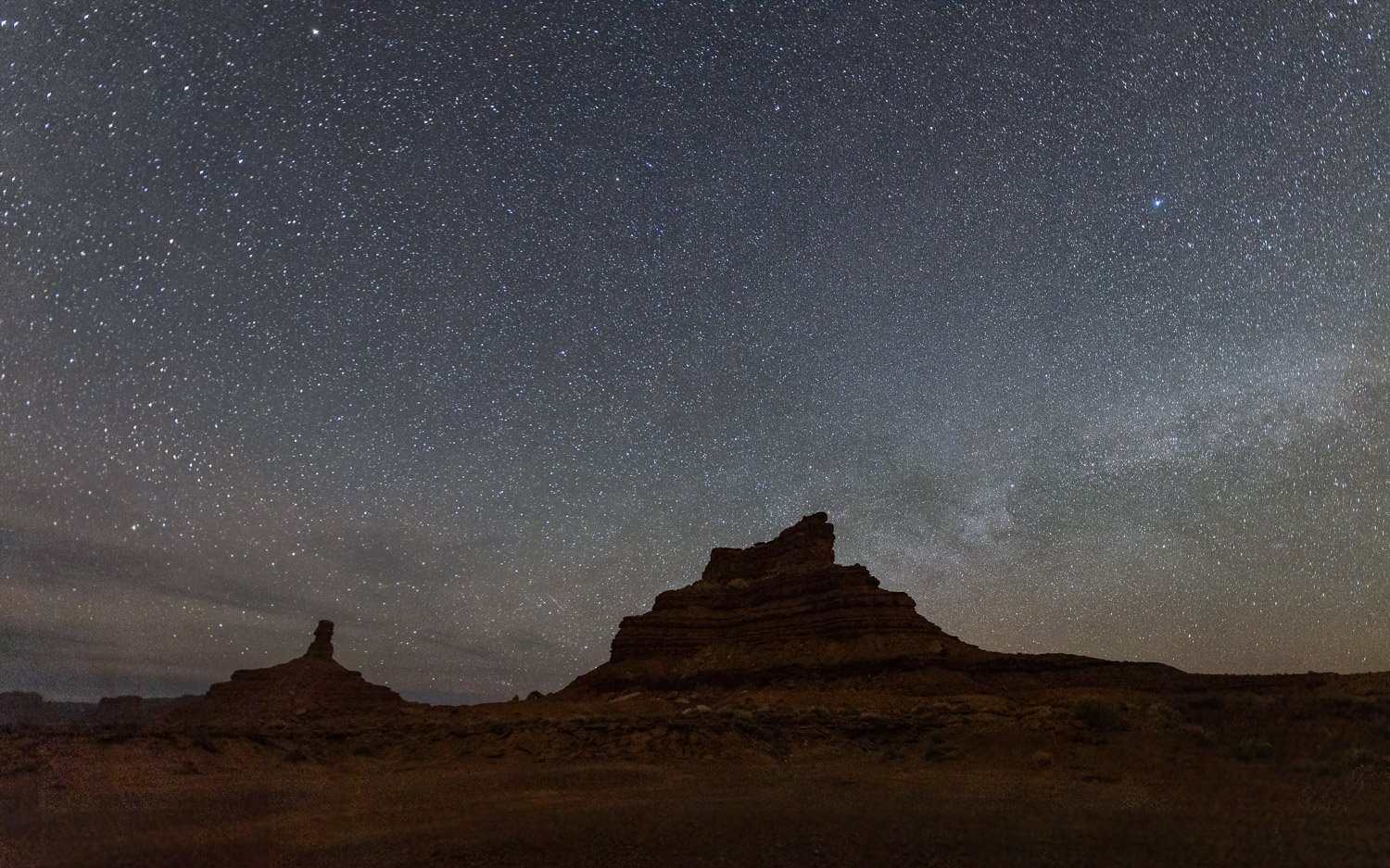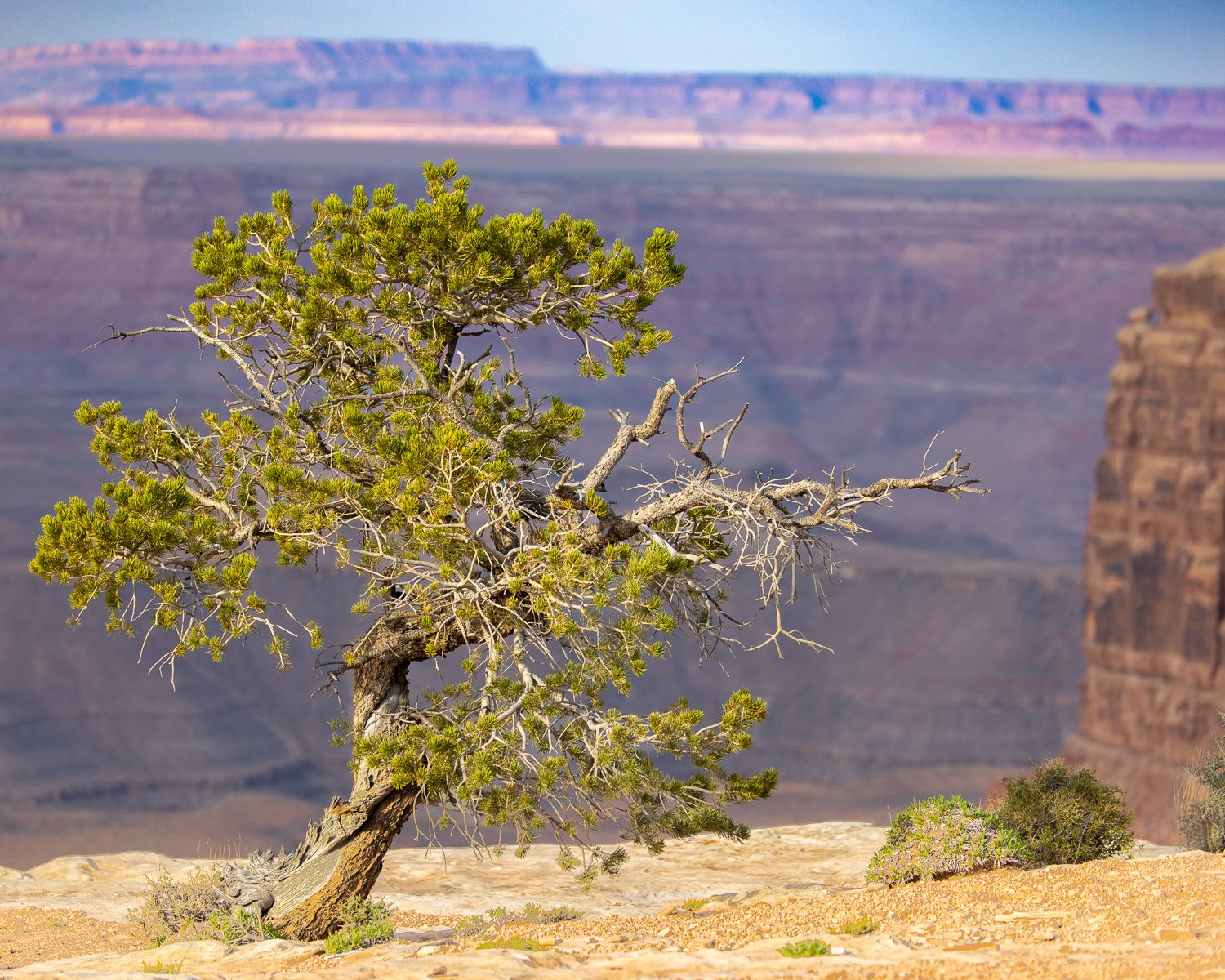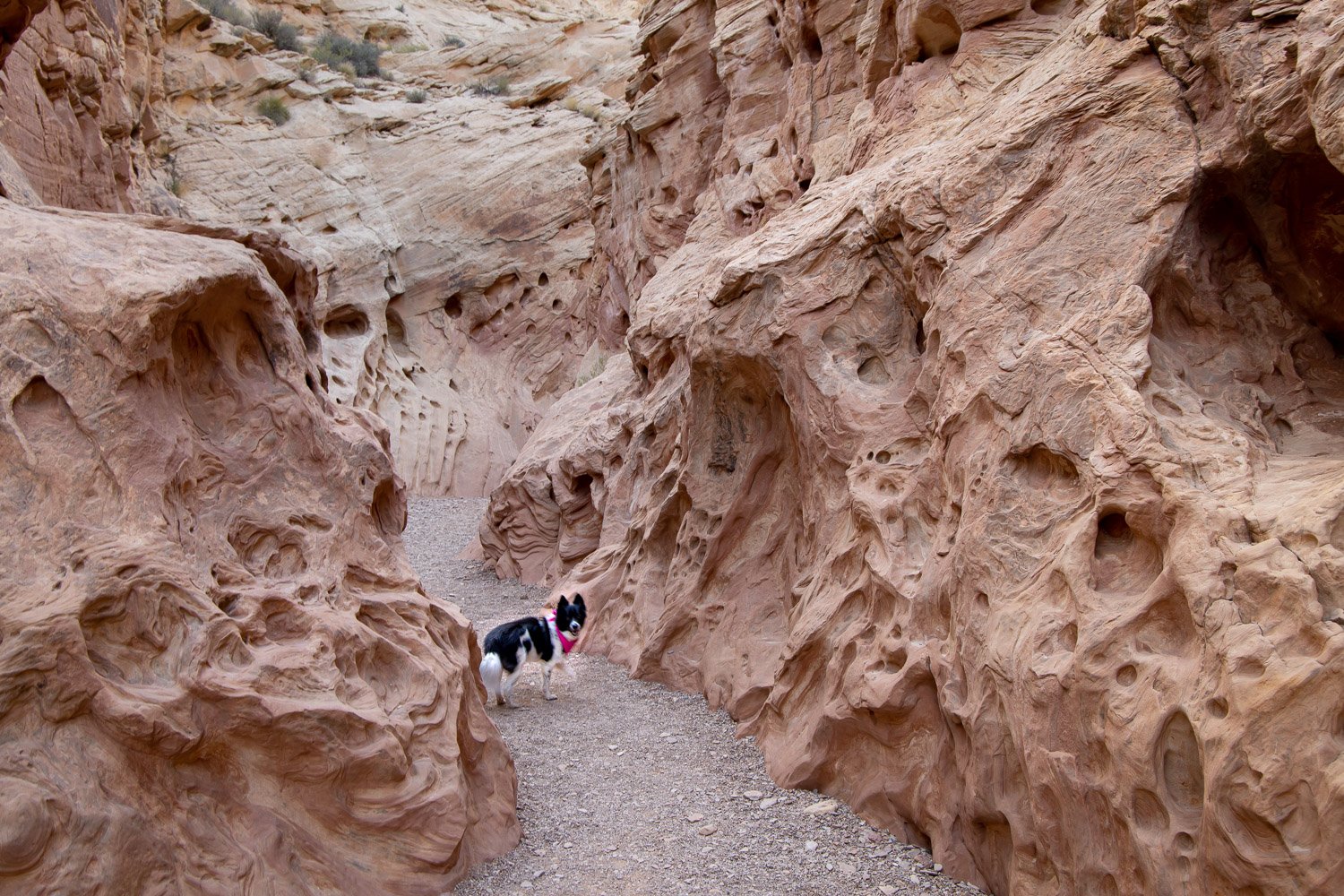On the Navajo Nation along the Arizona-Utah border lies Monument Valley. Its iconic Southwest movie backgrounds have places names such as John Ford and Forest Gump points. Just north, is a smaller version of red sandstone monoliths and buttes named Valley of the Gods.
Cedar Mesa and Valley of the Gods
The area is now the southwest corner of Bears Ears National Monument. We arrived in the late afternoon with the mist silhouetting the buttes rising to Cedar Mesa in the west. The next morning we drove up a bizarre, twisting road called the Moki Dugway to get to the top of the Mesa. The next image is from that road looking back down into the Valley again backlit by the sun.
We camped below a feature named Sitting Hen Butte. It’s hard to appreciate the size of it in the first drone image below, but in the second you can compare the white boulders to the size of my car in our campsite.
Cracked eggs below Sitting Hen
In the next image, the drone is above Sitting Hen and looking toward its companion Rooster Butte. As a drone novice, I flew the drone behind Sitting Hen and lost the signal. Fortunately, the drone is smarter than I, and after a few minutes of worry, returned to the nest.
I’d chosen the site below the buttes in hopes of a foreground for a night sky image with the chickens on their roosts.
In the early morning, more clouds were forming as the sky began to brighten.
We got back on the seventeen mile road that winds through the valley to get some images in the early morning light.
Though Monument Valley has served as a backdrop of many movies, Valley of the Gods seems to have much fewer scenes. Apparently, a couple Doctor Who episodes were filmed here. In one of the most bizarre movies ever, John Malkovich starred as the world’s richest man in the 2020 movie Valley of the Gods in which he buys the place for mineral exploitation. You can watch it on Amazon Prime—or at least the first 5 minutes which has some nice images of the Waterfold Pocket and Cathedral of the Sun in Capitol Reef, the Moki Dugway, Valley of the Gods, Shiprock Butte (on which Malkovich’s character builds his estate), and the Goosenecks which is just on the other side of Cedar Mesa. The next picture is just where the actor stands, and I could tell how their drone flew to avoid showing the railing I stood behind to take this shot.
Goosenecks State Park, Utah
The meanders of the San Juan River provide a dramatic site at Goosenecks State Park, just a short way upstream is the Muley Point overlook of the San Juan in Glen Canyon National Recreation Area. Within a thirty mile drive are a remarkable collection of sites — Valley of the Gods and Cedar Mesa, Bears Ears National Monument, Moki Dugway, Muley Point, Glen Canyon, Goosenecks State Park and in the distant view—Monument Valley.
Muley Point, Glen Canyon National Recreation Area, Utah





























